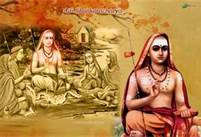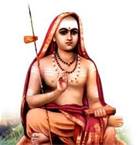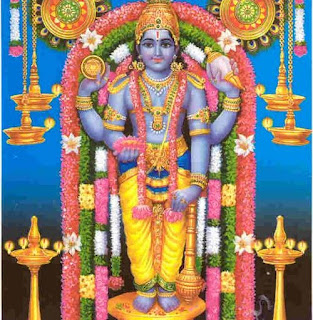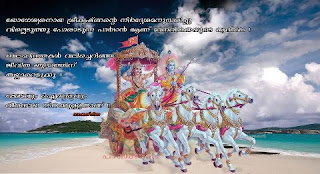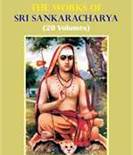"Convocation Address"

1. In those days of the Upanishads the Vedik literature did not give any method of worship upon a form. 2. Their Gods were except 'Agni' (Fire), all conceptions of the unmanifest power of nature. 3. The teachers of that era must have noticed the difficulties experienced by the beginners who, in their youthful days, waging their battle of life, could not find enough poise of mind or intellectual sharpness to devote themselves in subtle meditation upon the formless Truth. 4. Some idol or living expression of divinity was to be supplied forb their concentration, to serve them as a source of constant and unbroken inspiration. 5. The principle of idol worship, though not eved as such as in later times, is implicit in the principle of Upasana where, as we have said earlier, the attempt is to see the mighty in the meagre. 6. Thus, as a process of constant upasana, the student is told that he has to be, all...

